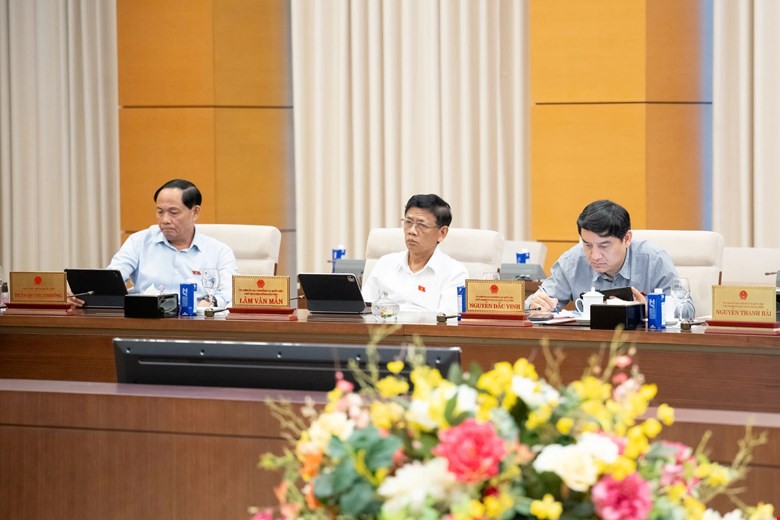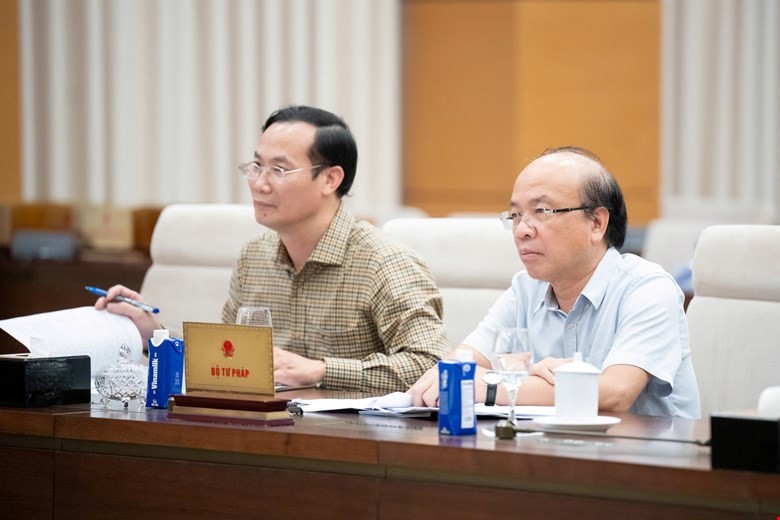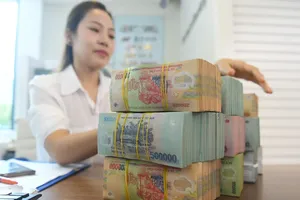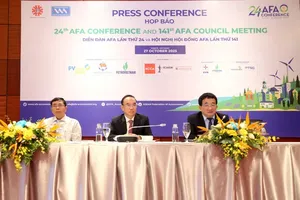
15 out of 15 targets achieved or surpassed
According to a report delivered by Deputy Minister of Finance Nguyen Duc Chi, despite a year marked by global and domestic fluctuations, Vietnam made remarkable progress in 2025, achieving comprehensive and impressive results across most sectors. Macroeconomic stability was maintained, inflation remained under control, and major economic balances were secured.
The economy is estimated to have expanded by 8 percent in 2025, meeting the Government’s target and placing Vietnam among the fastest-growing economies in both the region and the world. All 15 key targets for 2025 were achieved or exceeded.
Vietnam’s GDP is projected to reach about US$510 billion, ranking fourth in ASEAN and officially placing the country in the upper-middle-income group, with per capita GDP surpassing $45,000. Consumer price inflation is estimated at around 4 percent—below the target range of 4.5–5 percent.

In 2025, the Government submitted or planned to submit over 80 laws and resolutions to the NA—the highest number to date. Strategic infrastructure development made strong progress, creating new development corridors and surpassing the target of 3,000 km of expressways.
In science, technology, and innovation, Vietnam ranked 44th out of 139 countries in the Global Innovation Index (GII) and second in ASEAN in terms of AI startup investment.
Despite these notable achievements, the socio-economic landscape still faces several structural weaknesses. Economic growth remains largely dependent on processing, assembly, and imported raw materials and technologies. Growth continues to rely heavily on capital (credit and investment) and labor, making it difficult to transition toward a productivity-driven model. Labor productivity grew by an average of only 5.24 percent per year in 2021–2025—well below the 6.5 percent target and behind regional peers.
Traditional growth drivers are showing limited strength. Exports remain unstable and overly dependent on the foreign-invested (FDI) sector, which accounts for over 75 percent of exports and nearly 70 percent of imports. Domestic consumption has yet to show a clear breakthrough, while public investment disbursement remains modest, reaching only about 50 percent of the plan by the end of September 2025.

The year 2026 will mark the first year of the 2026–2030 plan and coincide with the 14th National Party Congress—a pivotal political and economic juncture. This context requires proactive and flexible policy management.
The Government plans to prioritize growth while safeguarding macroeconomic stability. Key projected targets for 2026 include GDP growth of around 10 percent, per capita GDP between $5,400 and $5,500 (nominal), consumer price inflation at approximately 4.5 percent, and labor productivity growth of 8.79 percent.
Call for deeper assessment of export resilience
In the verification report, Mr. Phan Van Mai, Chairman of the NA’s Economic and Financial Committee, commended the Government’s proactive mindset, bold decision-making, and flexible policy coordination. However, he emphasized the need for a more in-depth assessment of the structural weaknesses underlying export performance and the slow pace of public investment disbursement.
“The economy still relies heavily on processing, imported inputs, and a growth model driven by capital and labor—posing the risk of getting stuck in the middle-income trap,” Mr. Phan Van Mai observed.
He also highlighted the need to closely monitor potential risks to macroeconomic stability, especially developments in the gold market, corporate bond market, and the rapid expansion of real estate credit.
Given the shrinking room for policy maneuver, the Economic and Financial Committee stressed the importance of adhering to strict macroeconomic management principles, particularly maintaining a prudent monetary policy stance.
“With the current structure of the capital market and interest rate environment, further monetary easing would be extremely challenging,” Chairman Phan Van Mai concluded.







)

)














